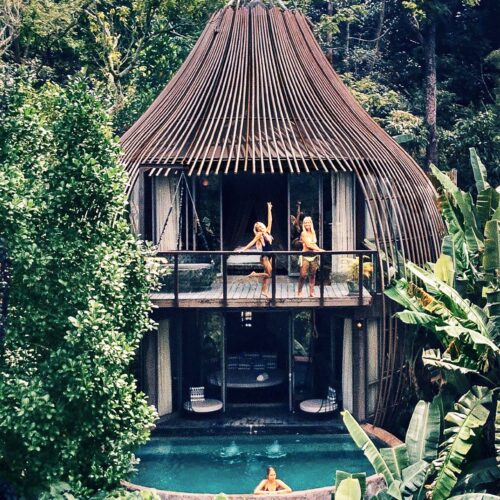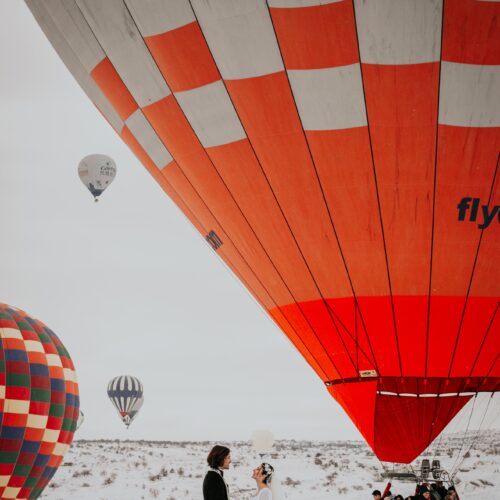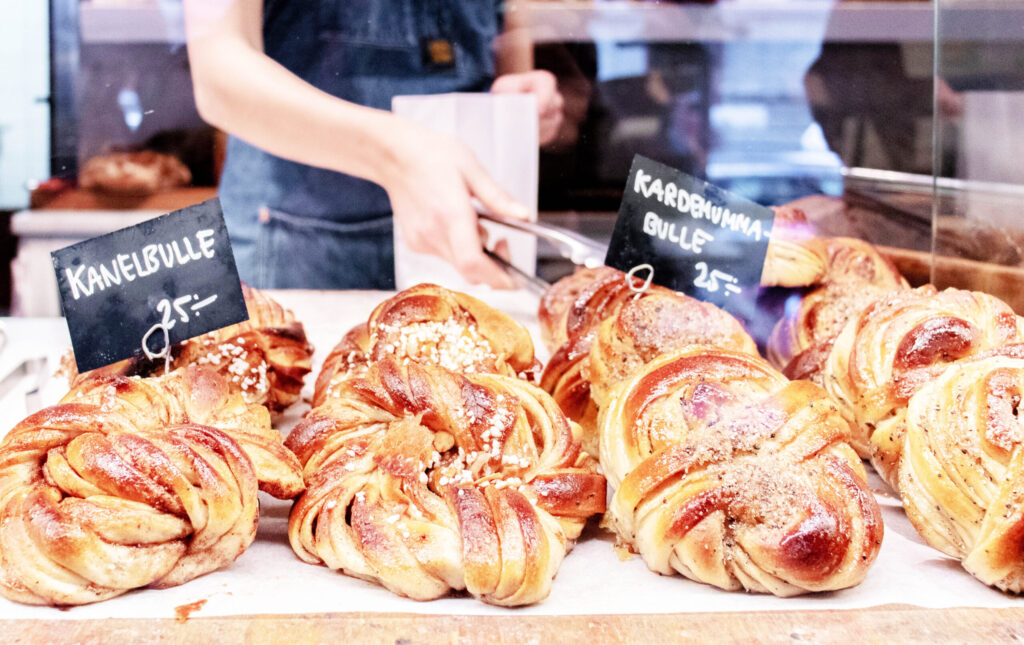
Northern Lights to Viking Sites, Explore the Wonders of Sweden
Sweden is a beautiful country. starting with the cosmopolitan capital of Stockholm. Its impressive architecture, world-class museums, and lively nightlife, to the rugged beauty of the northern wilderness, where you can see the famous Northern Lights, Sweden boasts varied experiences.
The country is also known for its delicious cuisine, which includes traditional dishes like meatballs, herring, and smörgåsbord, as well as its thriving design scene and innovative fashion industry, so those interested in style, can browse many of the local boutiques.
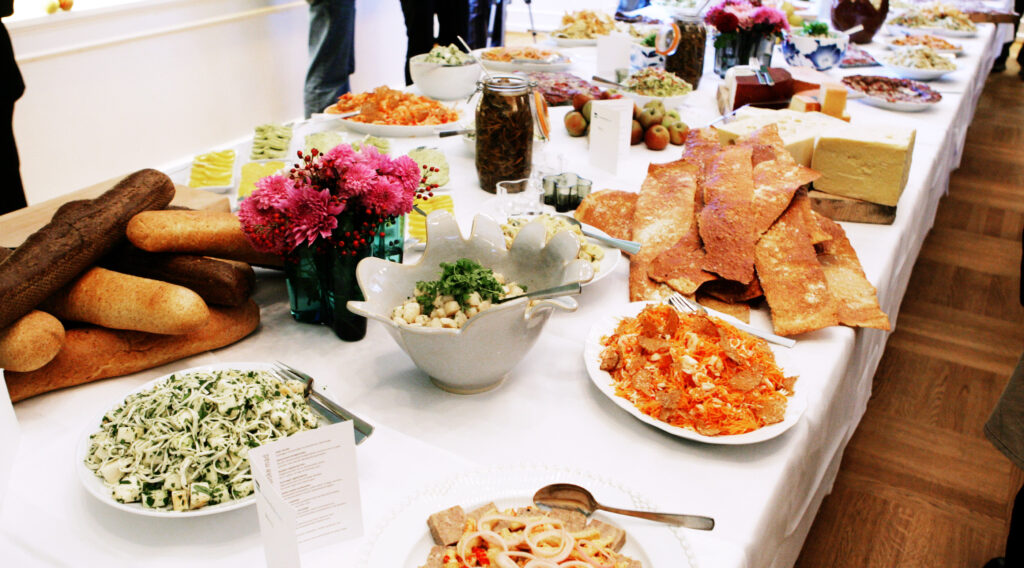
Here are eight great things to do and see in Sweden:
- Visit Stockholm: Stockholm is the capital and largest city in Sweden. It is a beautiful city with a rich history and culture. The town is built on 14 islands and is surrounded by water. You can take a boat tour to explore the city from the water or visit some of the many museums and galleries. Take advantage of the Vasa Museum, which houses a 17th-century warship that sank on its maiden voyage.
- Explore the Northern Lights: The Northern Lights are a natural phenomenon in the northern hemisphere. Sweden is one of the best places to see them. You can take a tour to the parts of the north of the country, where the skies are clear, and the lights are most visible.
- Stay at the Icehotel: The Icehotel is a hotel made entirely of ice and snow. It is located in Jukkasjärvi, a small village in northern Sweden. The hotel is rebuilt every year, and each room is uniquely designed by artists worldwide. The experience of sleeping in a room made entirely of ice is truly unforgettable.

- Ice-climb in Sarek National Park: Sarek National Park is one of the largest wilderness areas in Europe. It is home to glaciers, mountain peaks, and deep valleys. The park is only accessible by foot or boat, which means you will have the opportunity to experience the untouched beauty of nature.
- Cruise the Göta Canal: The Göta Canal is a man-made waterway stretching from Sweden’s west coast to the east coast. It is a beautiful waterway lined with small towns and historic sites. You can take a boat tour of the canal or rent a boat and explore it independently.
- Explore the Skansen Open-Air Museum: The Skansen Open-Air Museum is an open-air museum in Stockholm. It features traditional Swedish buildings from different periods and regions. You can explore the buildings, watch artisans at work, and learn about traditional Swedish culture and history.
- Hike the Abisko National Park: Abisko National Park is located in the far north of Sweden, near the Norwegian border. It is a beautiful wilderness area home to mountains, forests, and lakes. The park is famous for hiking, skiing, and other outdoor activities.
- Explore the Viking Sites: Sweden was home to the Vikings, and there are many Viking sites that you can explore. The most famous is Birka, an ancient Viking trading center now a UNESCO World Heritage Site. You can also visit the Viking Museum in Stockholm to learn more about Viking history and culture.
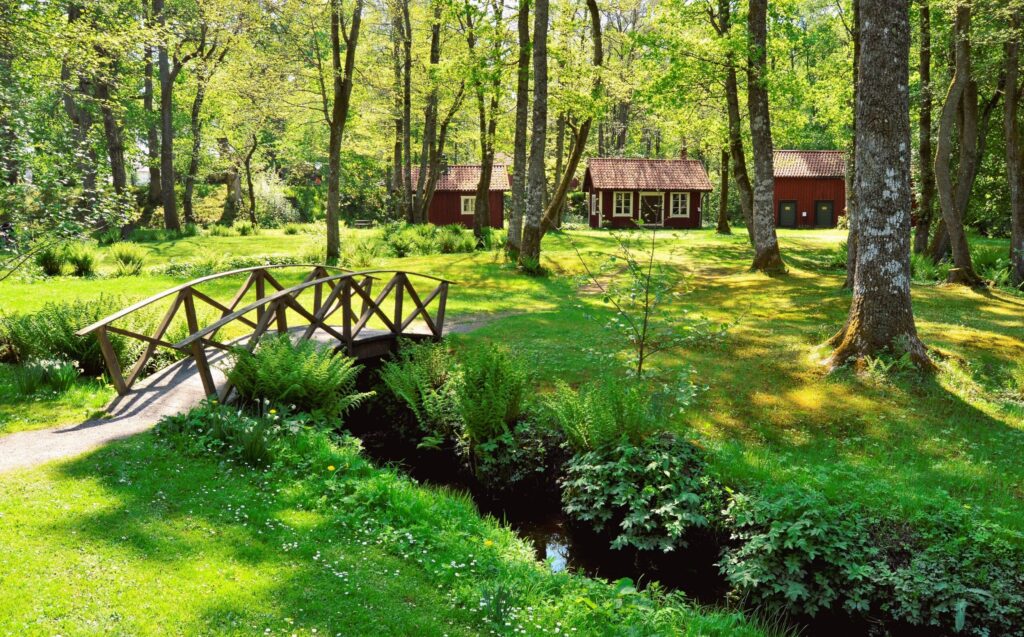 Did you know?
Did you know?
Sweden is the world’s largest consumer of cinnamon per capita, with cinnamon buns being a popular pastry in the country.
Sweden has a law called “Allemansrätten,” which translates to “the right to roam.” This law allows people to access and enjoy any public or privately owned land for recreation without disturbing or damaging the land or property.
A little history:
Sweden has a rich and long history dating back to prehistoric times. The first known inhabitants of the region were the Sami people, who lived in the northern parts of the country. During the Viking Age, from the 8th to the 11th century, it was a significant power in Scandinavia, and the Vikings conducted raids on neighboring countries.
When it became a Christian country in the Middle Ages, the first Swedish king, Olof Skötkonung, was crowned in the year 1000. During the 14th and 15th centuries, it went through a period of expansion, and the country grew in size and power.
In the 16th century, Sweden became involved in the Protestant Reformation, and King Gustav Vasa established the Lutheran Church as the official religion of Sweden. The country also became engaged in the Thirty Years’ War, which lasted from 1618 to 1648.
In the 17th century, it became a significant European power under King Gustav II Adolf’s rule. The country fought in several wars, including the Thirty Years’ War and the Great Northern War. During this time, it also established a strong colonial presence in North America, with settlements in what is now Delaware, Pennsylvania, and New Jersey.
The country became a constitutional monarchy in the 1700-1800s and underwent significant industrialization and modernization. The country remained neutral during World War I and II but played a role in humanitarian efforts during and after the wars.
It is known for its high standard of living, social welfare system, and contributions to technology, music, and design. It is a member of the European Union but has chosen not to adopt the Euro as its currency.
